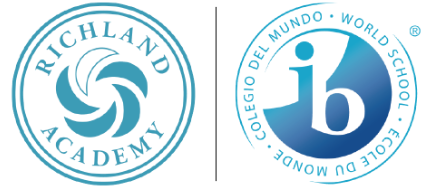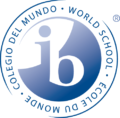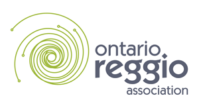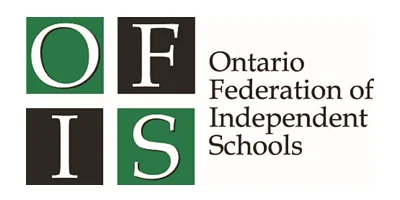“Emergent mathematics is a term we will use to describe how children construct mathematics from birth and continuing throughout the life of the person through a combination of cognitive development and interaction with their environment. Children begin to construct the foundations for future mathematical concepts during the first few months of life. Before a child can add or even count, they must construct ideas about mathematics that cannot be directly taught.
Ideas that will support formal mathematics later in life such as order and sequence, seriation, comparisons, and classifying all are beginning to emerge as early as infancy. Educators of young children need to emphasize and encourage children’s interaction with their environment as a means of promoting and encouraging emergent math concepts. Children’s logic and mathematical thinking develop by being exercised and stimulated. Teachers who promote children to put objects into all kinds of relationships are also promoting children’s emergent understanding of mathematics.” – E. Geist
 What does Emergent Math look like in Richland’s SK Classroom?
What does Emergent Math look like in Richland’s SK Classroom?
We encourage the children to discover mathematical concepts in the same way that mathematicians problem solve. We introduce the children to strategies that mathematicians will use as the children engage in everyday activities, projects and provocations.
Work on one type of problem for a long period of time
- Through project work, the children have discovered many ways to measure as they create a life size scarecrow for our school gardens.
- During ‘messing about’ with ‘loose parts’, the children use natural materials and create symmetrical designs.
- When creating beaded snails as part of their garden investigation, the children create patterns, (AB/ABC)
Collaborate and learn from each other
- The children watch each other as they are introduced to new mathematical materials. Often the children want to share their new found knowledge with their friends, and spontaneously offer “to teach” each other.
- A teacher cuts carrots from the garden into equal parts. One child shares, “You cut it in half.” Another child watches intently, and wonders what the pieces are called if the carrot is cut into four pieces.
- The children decide on a game. “He’s first, then you’re second, and A. is third.”
- One child becomes an expert at building paper planes. He shows his friends the sequence of folds needed to create a paper plane that can fly. “You have to fold it eight times!”
- Two children compare the sizes of their shoes as they change for recess. This leads to a class experience, where the children compare the sizes of their shoes, and also begin to measure them.
 They must prove that their answer is correct
They must prove that their answer is correct
- The children use self correcting materials, such as wooden number blocks, or work in pairs to check each others answers.
- At circle time, the teacher inquires as to ,”How many children are missing?” One child responds, “It must be three, because altogether we have sixteen.”
Mathematicians get satisfaction from the process
- The children are given a variety of objects to sort, and enjoy sorting them in many different ways. They sort and resort, and discuss with each other what attributes they have chosen.
- At circle time the children enjoy counting sticks and putting them into bundles of ten. “That’s the quick way to count.”
- The children learn to recognize 3D shapes during block play. New shapes are introduced to extend their learning through play.
- Some of the children spontaneously begin to measure objects in the classroom, using nonstandard units of measurement, such as hinges, cubes, and beads.
 Try many different approaches before they reach a solution
Try many different approaches before they reach a solution
- The children are challenged to measure the circumference of a pumpkin. They quickly realize they cannot use a straight ruler, to measure a curved object. They begin to create their own rulers out of paper which will bend, or use beads or number tiles to go around the pumpkin. One child highlights the lines on the pumpkin and counts those to come up with his own solution.









